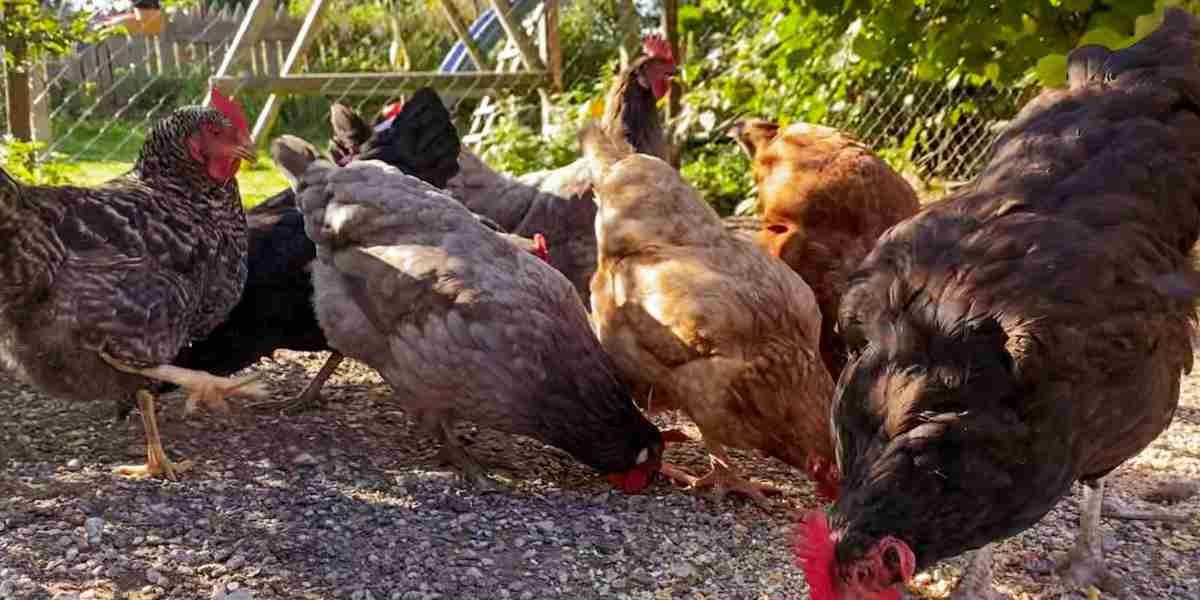The poultry feed market has undergone significant enhancements in recent years, driven by the growing demand for high-quality meat and eggs, advancements in animal nutrition, and the increasing need for sustainable and efficient production methods. These enhancements have led to a shift in both the formulation of poultry feed and the way it is produced, ensuring better outcomes for poultry farmers, the environment, and consumers alike.
One of the most significant improvements in the poultry feed market is the advancement in feed formulations. Traditional feed has been replaced by scientifically designed, nutritionally balanced diets tailored to meet the specific needs of poultry at various stages of growth. These formulations include essential ingredients like proteins, vitamins, minerals, and amino acids, designed to improve the health and productivity of poultry. Additionally, the rise of specialty feeds, such as organic and non-GMO feed, has enhanced the quality of poultry products. These feeds ensure healthier animals and produce higher-quality meat and eggs, which is increasingly in demand among health-conscious consumers.
Another major enhancement in the poultry feed market is the use of alternative feed ingredients. As the demand for poultry increases globally, the pressure on traditional feed ingredients, such as corn and soy, has grown. This has led to the exploration and adoption of alternative sources of protein and nutrients, such as insects, algae, and plant-based proteins. These alternative ingredients are not only more sustainable but also offer a solution to the rising costs of conventional feed. For instance, insect-based protein has gained traction as a highly nutritious, environmentally friendly feed ingredient, offering a promising alternative to fishmeal and soybean.
Technological advancements in feed production are also contributing to market enhancements. The use of precision feeding and automated feeding systems has improved the efficiency and accuracy of feed delivery. Technologies like feed additives—including enzymes, probiotics, and prebiotics—are being used to enhance the digestibility of feed and improve poultry health. These innovations not only optimize feed utilization but also contribute to healthier poultry and better production yields.
Sustainability is a key focus in the poultry feed market. As consumers and producers become more conscious of environmental impacts, the industry is moving toward more sustainable feed production practices. This includes reducing the carbon footprint of feed ingredients, minimizing waste, and improving the overall environmental efficiency of poultry farming.
In conclusion, the poultry feed market is witnessing major enhancements driven by advancements in feed formulations, alternative ingredients, technological innovations, and sustainability efforts. These improvements are ensuring better health outcomes for poultry, reducing production costs, and enhancing the quality of poultry products. With the growing demand for high-quality, sustainable poultry products, these market enhancements are likely to continue shaping the future of the poultry feed industry.




